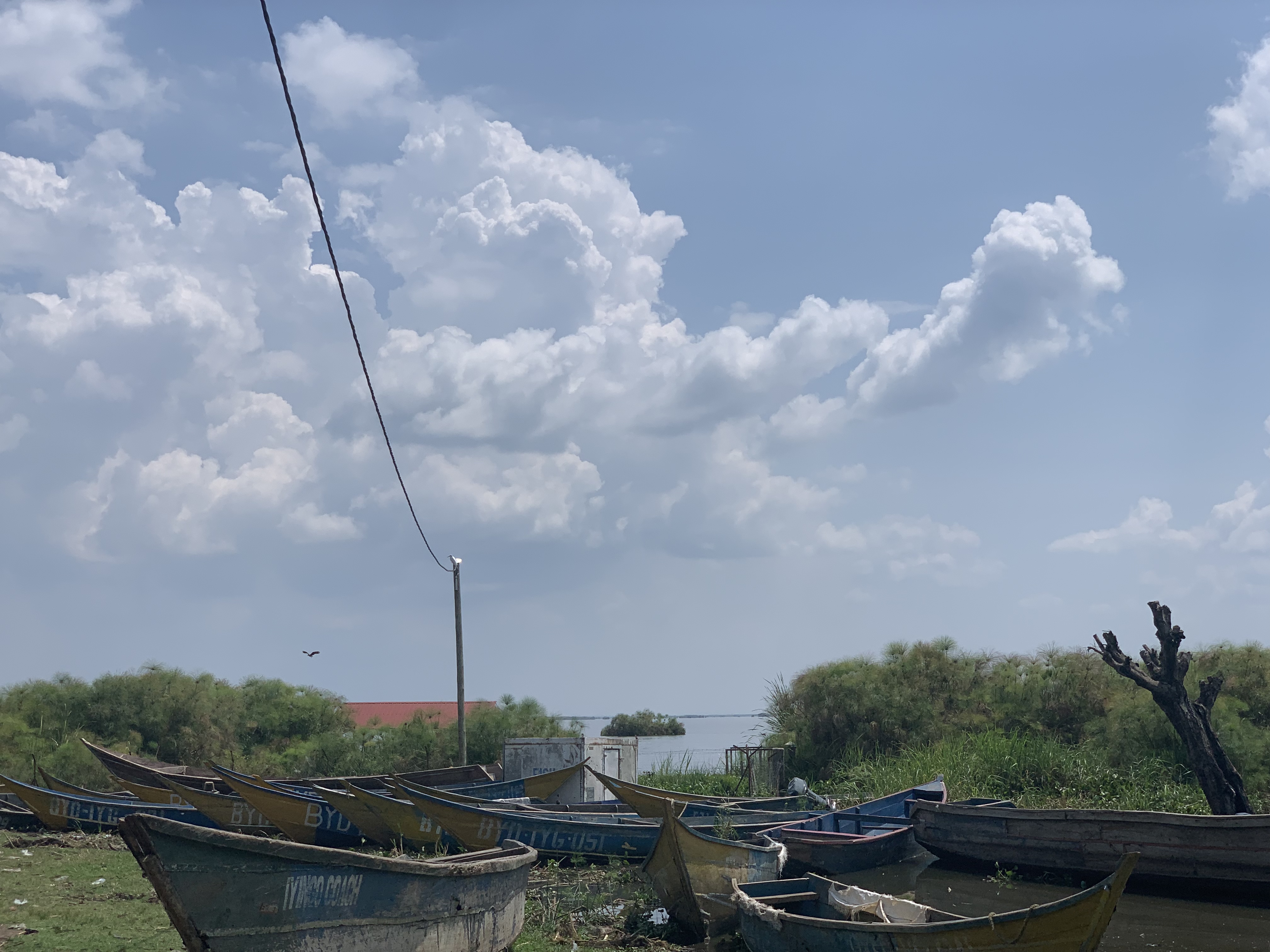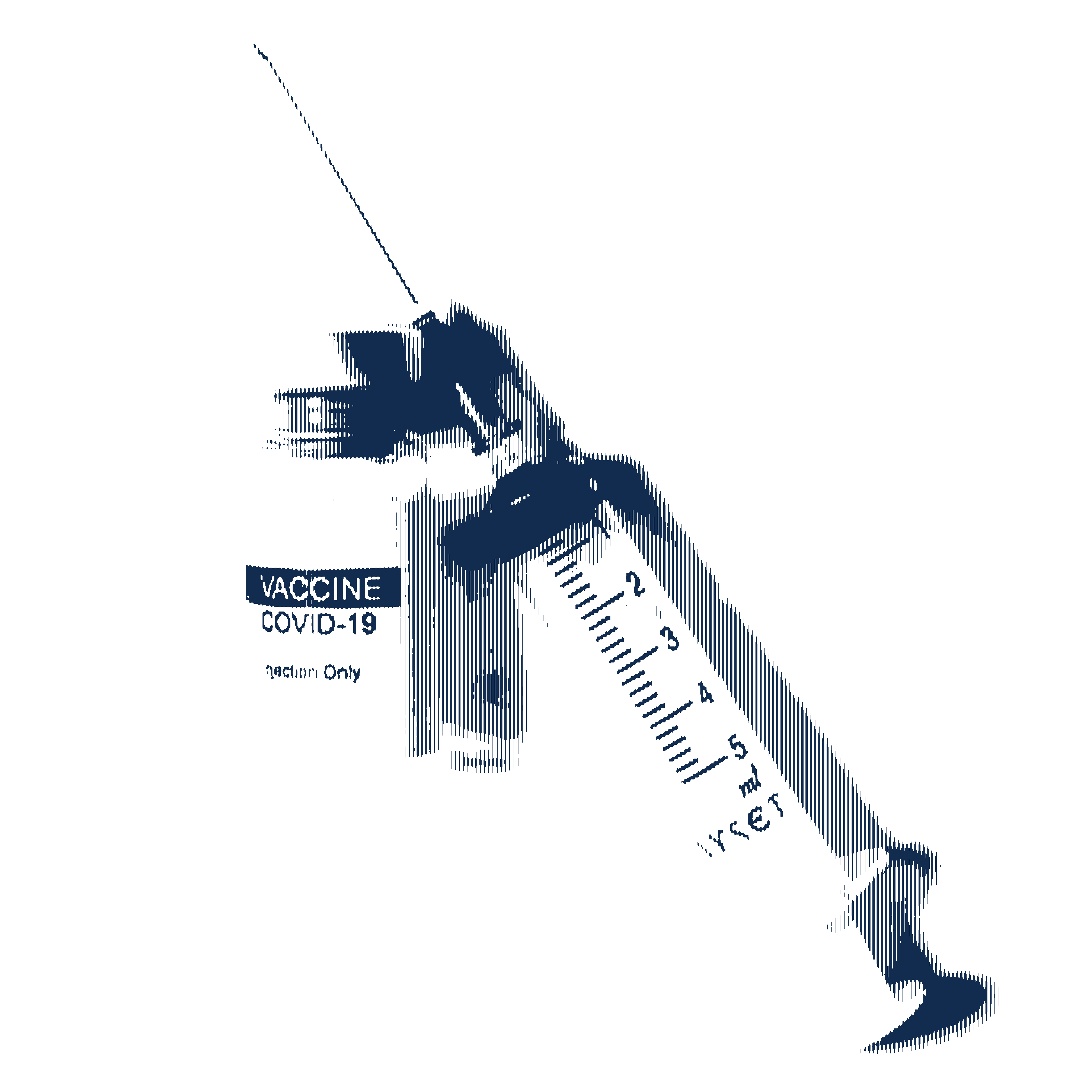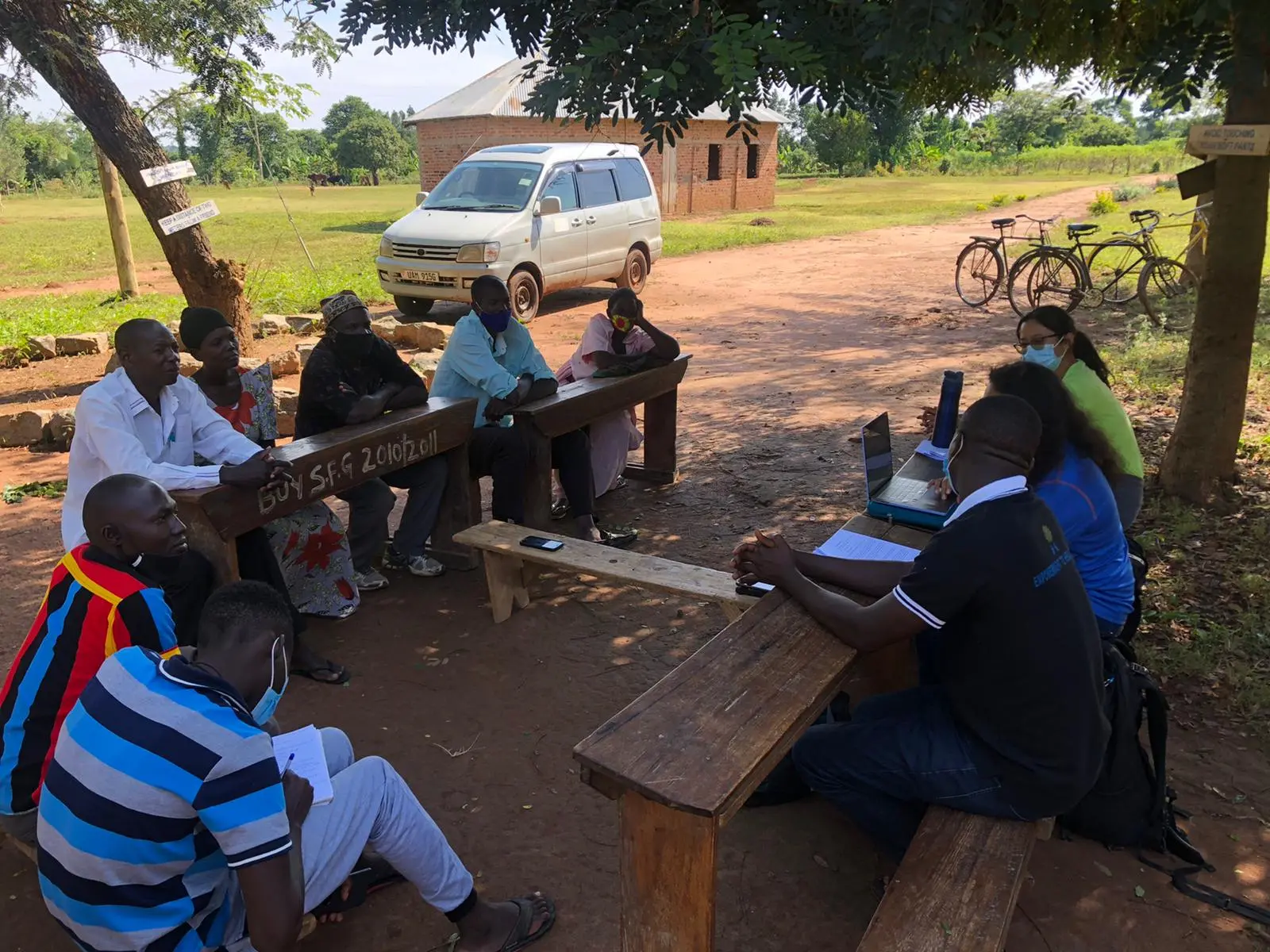
Sitting in a line, six Village Health Team members (VHTs) across two neighboring Ugandan villages, Bulondo and Ngereka, speak about common helminth infections, or parasitic worm infections, in their region. The health workers explain how common these infections are and how difficult they are to prevent. They also list treatments, ranging from medications to traditional healing remedies, including herbs and urine. However, many factors keep these infections, mainly hookworm and schistosomiasis, from being eradicated.
Helminth infections are a set of severely under-researched neglected tropical diseases, even though they contribute to the deaths of more than 150,000 people every year. Today, it is estimated that approximately a third of the nearly three billion people who live on less than $2.00 per day in developing regions of sub-Saharan Africa, Asia, and the Americas are infected with one or more helminth infections. These helminths are predominantly those that cause intestinal and urogenital schistosomiasis and soil-transmitted helminthiasis, including roundworm (Ascaris lumbricoides), whipworm (Trichuris trichiura), and hookworm (Ancylostoma duodenale and Necator americanus).
The main obstacles to eradicating these helminth infections are misconceptions about the transmission of these infections; a lack of access to resources, which increases risk of infection and reinfection; and the stigma surrounding them.
Misconceptions on transmission
In rural parts of Uganda, people are most at risk for infection by hookworm when they work in the field without proper footwear, as hookworm is spread through contact with soil contaminated by the feces of infected individuals.
Schistosomiasis is slightly different; schistosomiasis is transmitted when an infected individual defecates in a water source home to a few particular species of freshwater snails, which serve as intermediate hosts and vectors for the disease. When other people come in contact with parasite larvae released by the snails, they become infected by schistosomiasis.
Despite the high prevalence of these infections, many health workers and community members still believe in misinformation about the transmission of some helminth infections. This leads people to engage in activities that put them at a higher risk for contracting these infections and develop behaviors that prevent them from being cured. While hookworm is common enough in most rural areas in Uganda for people to know that it spreads through contaminated soil, schistosomiasis is believed by many to stem from witchcraft.
In a focus group discussion with eight farmers from the village Mpunde, one farmer, Asumani Kigongo, said that “someone may give you something like poison, and it manifests as schistosomiasis.” When the group of six VHTs from Bulondo and Ngereka were asked in their focus group discussion about the transmission of schistosomiasis, only one made the connection between schistosomiasis and contaminated water.
Though snail vectors in Lake Kyoga carry the parasites which cause schistosomiasis, fishermen from the village Iyingo, situated on the edge of Lake Kyoga, had a similar level of understanding of schistosomiasis and other helminth infections as those living in villages further from the lake. One fisherman said: “Most people think that it is witchcraft, but I personally think that we get it from water. Like us who live near water bodies, maybe there are worms that enter our body and then the stomach starts swelling.”
To prevent the spread of these diseases, VHTs encourage community members to keep their homesteads clean and improve sanitation measures. Miriam Galinemera, a VHT of Ngereka, explains: “Us as VHTs, we mobilize and communicate that schistosomiasis and hookworm come with uncleanliness and lack of hygiene.”
For example, a common recommendation by health workers is for community members to build pit latrines. The use of pit latrines provides a safer way to dispose of waste, separating it from commonly visited soil and from water sources, and working to prevent hookworm and schistosomiasis.
Lack of resources and reinfection
VHTs’ recommendations for latrines and other suggestions to avoid helminth infections don't always work. While pit latrines are encouraged, not all families have access to one. Still, a farmer from Mpunde (who preferred to not give a name) explains that pit latrines may not always be effective given the runoffs from these latrines: “If you just defecate, it will rain and all the dirt will be washed into the ponds where we actually get water. Even such runoffs from the rain can go through our gardens.”
Another VHT recommendation for preventing hookworm infection is to consistently wear footwear, like gumboots, when on soil that might be contaminated. But many farmers we spoke with indicated that they either do not have shoes to wear out into their gardens, or do not want to dirty their only pairs of shoes while working outside. This prolonged contact with soil puts them at an increased risk for hookworm infection.
Obtaining clean water from boreholes also prevents schistosomiasis and other illnesses. In some villages though, people must walk a long distance to reach a borehole and are forced to instead get water from possibly a swamp or lake that may be contaminated, which heightens their risk of contracting schistosomiasis.
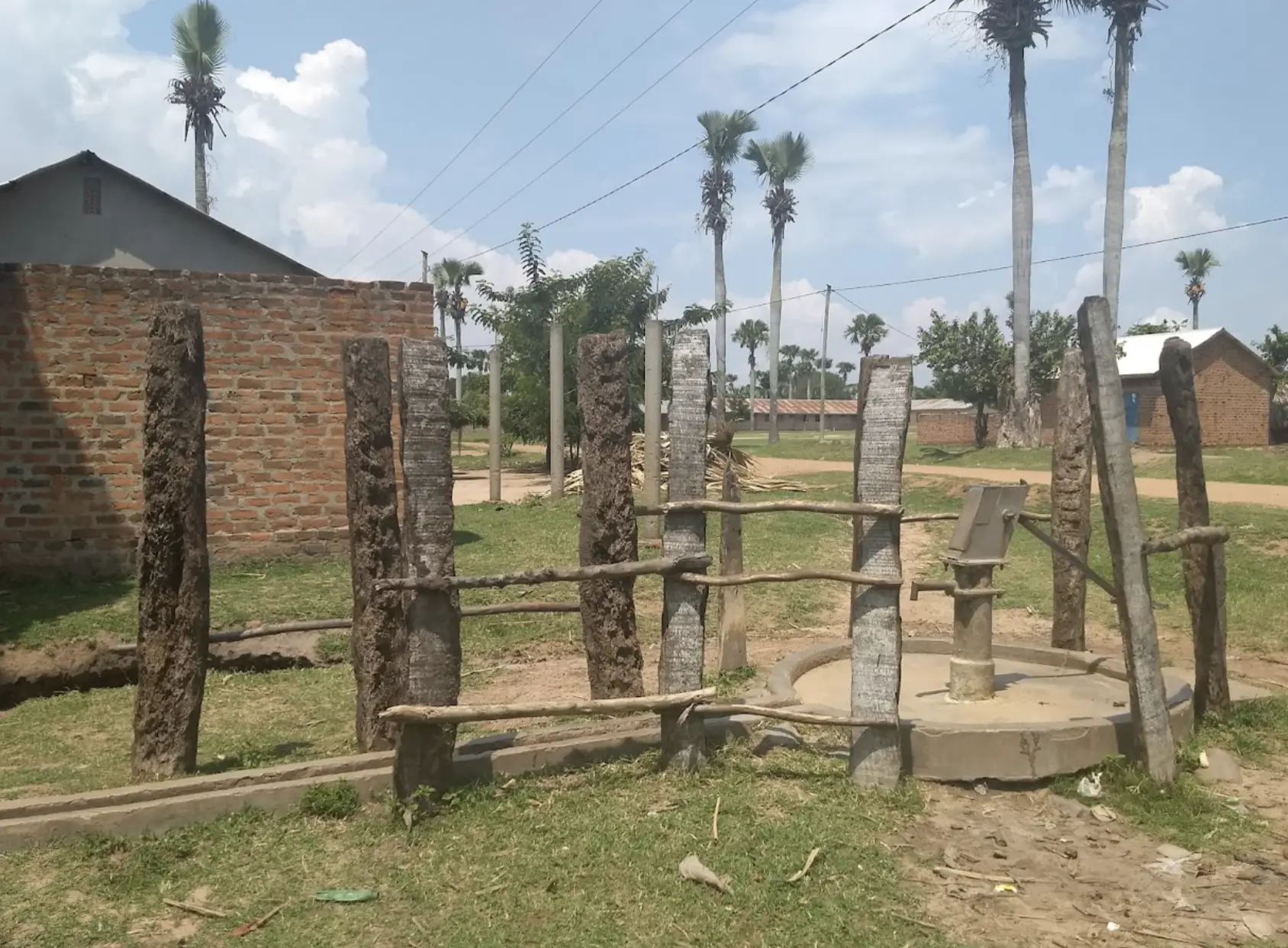
Paired with misinformation, limited access to resources makes preventing, diagnosing, and treating helminth infections even more difficult. In an ideal world, a patient with hookworm or schistosomiasis would be quickly diagnosed with a test in a hospital or local health center. They would then be given treatment in the form of deworming medication either by their doctor or through a mass drug administration.
However, many obstacles stand in the way of this becoming a reality. For one, in the diagnosis process, health workers are sometimes unable to give a conclusive diagnosis or may even misdiagnose a patient with a helminth infection. According to Chairman Kyakulaga Peter of the village Iyingo, “[w]hen we get sick here, we go to the clinics; they just look at you and rule out that you have typhoid, yet they do not know what the problem is.”
For community members in rural areas, the nearest health center may be several kilometers away and difficult to reach. Kyakulaga Peter continues: “The health centers are very far. . . so when I get worm infections, by the time I get there, I am dead. . . But, if the health center is here or within one, two, or three miles, it’s easy for me to go.”
Furthermore, the sheer remoteness of particular communities often leads to an inadequate supply of medications even if an individual can come to access these health centers.
If treatment were widely available, mass drug administrations in communities would only be a temporary solution to the problem, as they only treat current infections and do not prevent future infections. This is a problem because, according to Mboizi Moses, a VHT of Bulagala, “[parents] send their children to go and guard the field, and the children go barefoot. And so every time you [treat a child], the child goes to the swamp and gets infected with worms.” In other words, reinfection undermines the effect of mass drug administration efforts.

Stigma and its effects on health-seeking behavior
Schistosomiasis and hookworm trigger shame to varying degrees, which only compounds the issue of inadequate resources. Due to the lack of knowledge surrounding schistosomiasis, stigma has arisen which deters those with the infection from seeking treatment, even when treatment may only involve taking deworming tablets.
Kabale Hamza, a VHT from Bulondo, told us that “one with schistosomiasis is hated. . . [those around them] don’t want to even shake his or her hand; they think that person is almost useless. They fear that person and isolate them. They fear schistosomiasis.”
However, there are some cases where individuals with schistosomiasis are met with sympathy; in an interview, VHT Mboizi Moses said: “[People] don’t [fear an individual with schistosomiasis]; they just sympathize with them, knowing that this person awaits only death.”
Another reason that helminth infections carry stigma is that their symptoms can be confused with those from sexually transmitted diseases, researchers say. According to a study conducted in northern Tanzania, some may believe that urogenital schistosomiasis is sexually transmitted; for this reason, many of those suffering may delay or avoid seeking treatment.
Martin Owino Omedo, a schistosomiasis researcher affiliated with the Kenya Medical Research Institute, agrees that another source of stigmatization preventing individuals with schistosomiasis from receiving treatment is the patients themselves. Since helminth infections and sexually transmitted diseases (e.g. gonorrhea) share certain symptoms, namely blood in urine, he has found that many people do not seek care because they fear they have one of these diseases, which are often highly stigmatized in their community. In an email, he writes: “To that end, they will resort to self-medication or seek care from traditional herbalists who are deemed not to stigmatize their patients.”
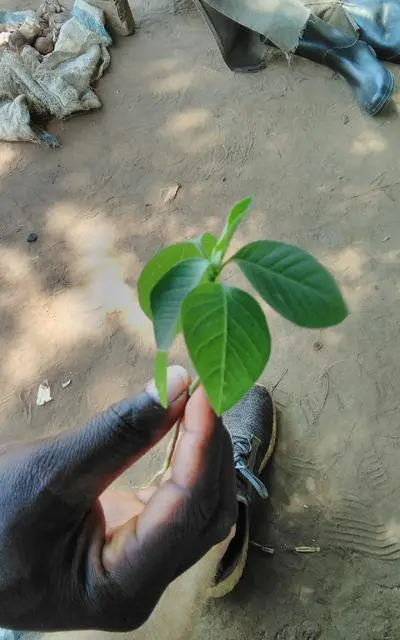
When asked about stigmatization regarding other helminth infections, interviewees gave more mixed responses. Surveyed farmers spoke openly about their experiences with hookworms as well as their communities' shared experiences with helminth infections. However, VHTs interviewed for this story explained that in a severe case of hookworm, an individual’s skin may “react and look strange, and nobody wants to look at that individual,” and other people then keep a distance from the affected individual. VHT Mboizi Moses explains that since the community believes that individuals infected with schistosomiasis are bewitched, they also believe that health centers cannot treat the infection.
On account of these sentiments, many seek treatment involving local herbs or traditional healing. Mugolo Charles, a VHT from the village Bulondo, says that people will try different methods, including “burning a banana leaf stalk or heating up a knife and then burning themselves with it, which results in the hookworms drying up.”
Kabale Hamze adds that “sometimes you can use cow urine—when the cow is peeing, you put your leg there, and it stings until [the hookworm] dries up.” While these treatments do provide much needed relief for those suffering, the relief is temporary, and symptoms will recur once the treatment wears off, bringing the community no closer to eradicating the disease.
Failing to find a cure will only prolong the infection period and allow symptoms to worsen. When untreated, helminth infections can have severe long-term consequences. In the case of schistosomiasis, long-term consequences can include serious cognitive or developmental impairment, infertility, and in some cases death.
What can be done?
It is clear that deworming drug administrations alone cannot eliminate the disease because they don’t prevent it. As a result, many researchers argue that achieving long-lasting eradication of the helminth infections must involve health education programs. These health education programs would address activities that involve continuous contact with soil and water contaminated with the disease vectors. In learning about how helminth infections like hookworm and schistosomiasis are transmitted, people will better understand how to avoid infections.
For the time being, mass drug administrations will aid in treating current infections. Moving forward, it will be crucial to provide community members with health education about transmission and preventative measures that can be taken against infection and re-infection.
While health education is essential, there should also be a larger goal to ensure communities have the resources to put health education into practice. Until then, VHTs will remain the first line of defense and continue to inform community members of ways to combat helminth infections.
VHT Kasadha Hassan affirms VHTs’ commitment to the cause: “[W]e will save our villages from these diseases.”



